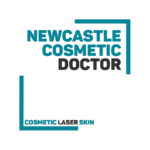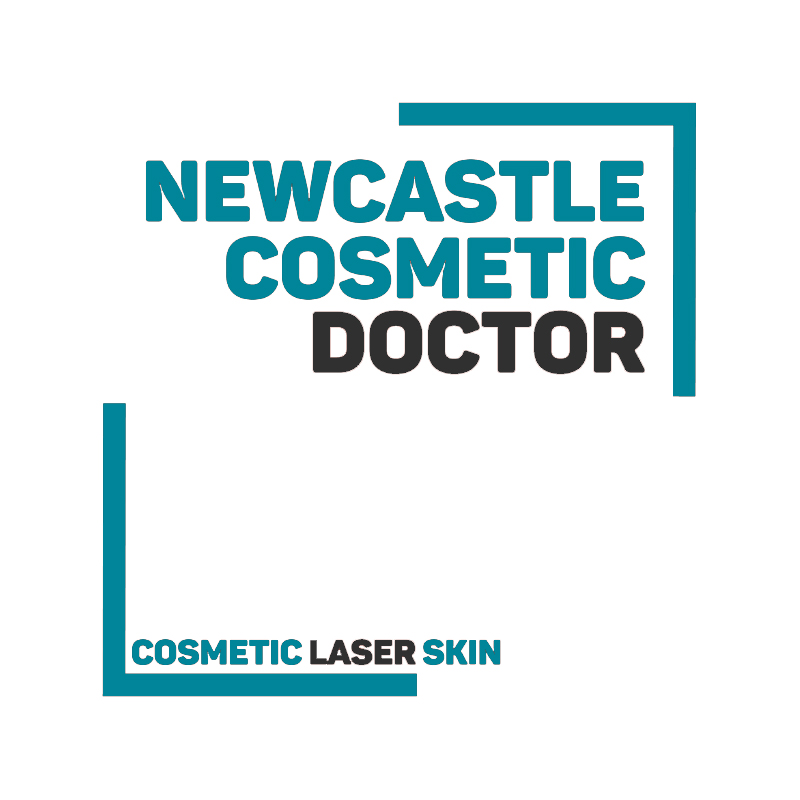1. Purpose
This SOP defines the principles and procedures for performing patch testing and sensitivity screening for all topical products used or prescribed at Newcastle Cosmetic Doctor (NCD). It aims to prevent adverse skin reactions, identify hypersensitivity before exposure, and ensure patient safety through standardised technique, documentation, and regulatory compliance. 1 2 3 4 5 6 7 8 9 10 11 12 13 14
2. Scope & Applicability
This protocol applies to all NCD staff performing or ordering patch tests for compounded, prescription, or non-prescription topical formulations, as well as in-clinic applications such as enzyme peels, peptide masks, and cosmeceutical trials. It covers pre-test screening, preparation, patch placement, reading intervals, escalation procedures, and data retention. 1 2 3 4 5 6 7 8 9 10 11 12 13 14
3. Regulatory & Ethical Framework
Patch testing activities at NCD are conducted under the regulatory scope of the TGA, AHPRA, NSW Health, and Pharmacy Board standards. Clinical oversight follows ACSQHC NSQHS Standards 3 and 4, ensuring infection prevention, medicine safety, and informed consent in alignment with NHMRC ethics and OAIC privacy principles. 1 2 3 4 5 6 7 8 9 10 11 12 13 14
4. Patient Eligibility & Pre-Screening
All patients are screened for prior allergies, dermatologic disease, recent skin trauma, immunosuppressant use, pregnancy or lactation, and concurrent retinoid or steroid exposure. A detailed history determines whether patch testing is appropriate. Contraindications include active dermatitis, open wounds, or current systemic corticosteroid therapy. 1 2 3 4 5 6 7 8 9 10 11 12 13 14
5. Informed Consent & Patient Communication
Before performing a patch test, clinicians provide a clear explanation of the purpose, process, and possible reactions. Written informed consent is obtained, outlining risks such as redness, itching, vesiculation, and delayed hypersensitivity. Patients are educated about observation requirements, timelines for reading, and when to report early reactions. 1 2 3 4 5 6 7 8 9 10 11 12 13 14
6. Patch Testing for Prescription & Compounded Topicals
For prescription products such as tretinoin, hydroquinone, antibiotic, or peptide formulations, a small test area (approx. 1cm²) is applied to the postauricular or inner forearm site using the same concentration intended for treatment. The site is covered with hypoallergenic dressing and left undisturbed for 24–48 hours. Readings are documented at 24 and 72 hours to detect delayed hypersensitivity. 1 2 3 4 5 6 7 8 9 10 11 12 13 14
7. Patch Testing for Non-Prescription & Retail Topicals
Retail cosmeceutical or over-the-counter skincare introduced at NCD follows the same protocol, but without occlusion if the formulation is mild (e.g., moisturisers, niacinamide creams). The clinician observes for erythema, pruritus, or scaling. Reactions are categorised as mild, moderate, or severe, and patients receive written advice for home monitoring if delayed irritation develops. 1 2 3 4 5 6 7 8 9 10 11 12 13 14
8. In-Clinic Peels, Enzymes, and Peptide Sensitivity Testing
Prior to any in-clinic active treatment (chemical peel, enzyme mask, peptide complex), clinicians perform a sensitivity test using a small area of intended concentration applied behind the ear or on the mandibular line for 2–5 minutes, followed by neutralisation and evaluation for erythema or stinging. Results inform dosage, exposure time, and suitability for full-face treatment. 1 2 3 4 5 6 7 8 9 10 11 12 13 14
9. Equipment & Infection Control
Single-use applicators, sterile cotton buds, and medical-grade adhesives are used for all patch testing. The clinician adheres to NSW Health infection prevention protocols and maintains aseptic technique. Reusable instruments (if applicable) are disinfected or sterilised according to NSQHS Standard 3 and WHO infection control principles. 1 2 3 4 5 6 7 8 9 10 11 12 13 14
10. Reading, Documentation & Interpretation
Patch test sites are evaluated under good lighting at 24 and 72 hours. Reactions are graded according to International Contact Dermatitis Research Group (ICDRG) criteria. Positive results are recorded in the patient’s health record with batch/lot details and product photos where relevant. Data is securely stored for at least seven years in compliance with OAIC and AHPRA standards. 1 2 3 4 5 6 7 8 9 10 11 12 13 14
11. Adverse Reactions & Escalation Procedure
If a patient develops blistering, spreading erythema, or systemic symptoms, the clinician removes the patch immediately, documents the event, and provides appropriate first aid or medication (e.g., topical corticosteroid, oral antihistamine). Serious reactions trigger a report to the TGA Adverse Event Register and are reviewed in NCD’s governance meetings. 1 2 3 4 5 6 7 8 9 10 11 12 13 14
12. Post-Test Counselling & Patient Education
Following test completion, patients receive clear verbal and written explanations of results, with tailored recommendations for product use or avoidance. Clinicians emphasise that negative patch results do not guarantee complete tolerance, especially with prolonged or repeated exposure. Education includes red flag guidance and follow-up scheduling. 1 2 3 4 5 6 7 8 9 10 11 12 13 14
13. Data Recording & Privacy Compliance
All test results, consent forms, and photographs are recorded in the patient’s electronic file. Images are taken with consent only, anonymised for education, and securely stored. Any use for marketing or publication requires separate written consent, following OAIC and AHPRA advertising guidelines. 1 2 3 4 5 6 7 8 9 10 11 12 13 14
14. Staff Competency, Training & Quality Assurance
All staff performing patch or sensitivity testing complete competency training in dermatological testing and infection control, reviewed annually. Competency sign-off is performed by the Responsible Medical Practitioner. Regular internal audits ensure procedural consistency, safety, and documentation completeness. 1 2 3 4 5 6 7 8 9 10 11 12 13 14
15. Review, Audit & Continuous Improvement
This SOP is reviewed annually, or earlier if updated national or international guidelines become available. Lessons from adverse reactions or audit findings are incorporated into training and policy updates to enhance patient safety and clinical governance. 1 2 3 4 5 6 7 8 9 10 11 12 13 14
Sources
- ACSQHC, NSQHS Standard 4: Medication Safety., viewed 24 October 2025, https://www.safetyandquality.gov.au/standards/nsqhs-standards/medication-safety-standard ↩
- NSW Health, Infection Prevention and Control Policy., viewed 24 October 2025, https://www.health.nsw.gov.au/policies/ ↩
- Therapeutic Goods Administration (TGA), Guidelines on topical preparations and adverse event reporting., viewed 24 October 2025, https://www.tga.gov.au/ ↩
- Pharmacy Board of Australia, Compounding and topical medicine preparation guidance., viewed 24 October 2025, https://www.pharmacyboard.gov.au/ ↩
- AHPRA / Medical Board of Australia, Guidelines for practitioners performing cosmetic medical procedures (2025)., viewed 24 October 2025, https://www.medicalboard.gov.au/ ↩
- RACGP, Safe prescribing, counselling, and patient follow-up., viewed 24 October 2025, https://www.racgp.org.au/ ↩
- OAIC, Australian Privacy Principles for health data and images., viewed 24 October 2025, https://www.oaic.gov.au/ ↩
- NHMRC, Ethical principles in human healthcare and patient testing., viewed 24 October 2025, https://www.nhmrc.gov.au/ ↩
- WHO, Dermatological testing and post-marketing surveillance of topical products., viewed 24 October 2025, https://www.who.int/publications ↩
- CDC, Standard precautions for dermal and skin testing., viewed 24 October 2025, https://www.cdc.gov/ ↩
- ISO 10993-10, Biological evaluation of medical devices — Tests for irritation and skin sensitisation., viewed 24 October 2025, https://www.iso.org/ ↩
- Therapeutic Guidelines, Dermatology: contact dermatitis and patch testing., viewed 24 October 2025, https://tgldcdp.tg.org.au/ ↩
- Australian Medicines Handbook (AMH), Dermatology section — topical agents and precautions., viewed 24 October 2025, https://amhonline-amh-net-au/ ↩
- ACSQHC, NSQHS Standard 3: Preventing and Controlling Infections., viewed 24 October 2025, https://www.safetyandquality.gov.au/standards/nsqhs-standards/preventing-and-controlling-infections-standard ↩


